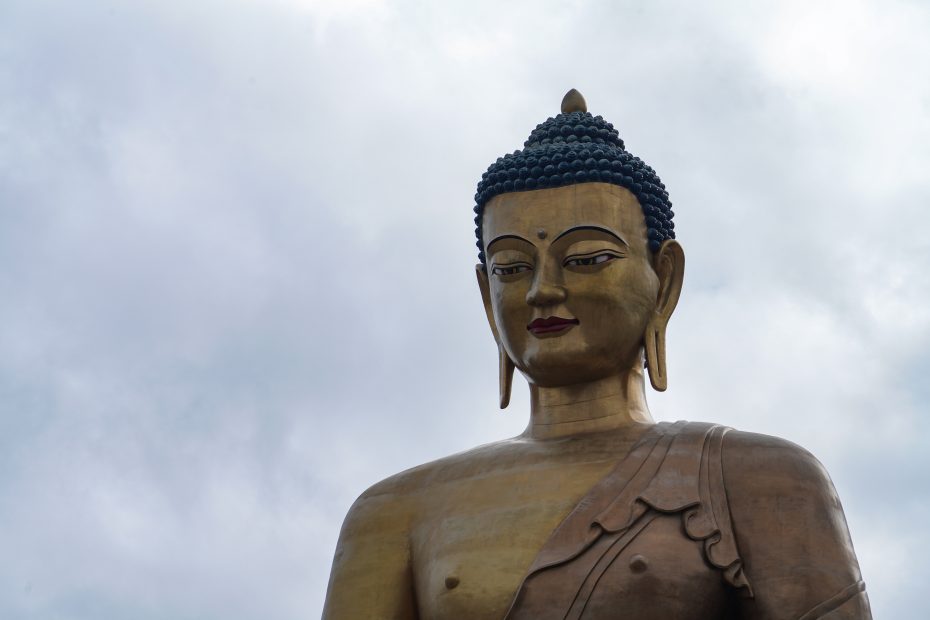1. Introduction to Bhutan
1.1 General facts about Bhutan
Nestled in the eastern Himalayas, the Kingdom of Bhutan is a small landlocked country bordering China and India. Known as the Land of the Thunder Dragon, Bhutan has a population of only 770,000 people and is one of the most sparsely populated nations in Asia. Bhutan is renowned for its pristine environment, Buddhist culture, and philosophy of Gross National Happiness.
1.2 Location and geography
Bhutan is located in South Asia, in the eastern Himalayas. It has three main geographic zones: the Greater Himalayas in the north, the hills and valleys of the Inner Himalayas, and the subtropical plains of the south. Dramatic changes in elevation over short distances create a diversity of ecosystems and climate conditions. Bhutan’s highest peak, Gangkhar Puensum, rises to 7,570 meters (24,840 ft).
2. Bhutan’s breathtaking peaks and mountains
2.1 Famous Himalayan peaks in Bhutan
The northern border of Bhutan is defined by some of the most iconic peaks in the Himalayan range. Massive mountains like Jumolhari (7,326 m), Jichu Drake (6,794 m), and Gangkhar Puensum dominate Bhutan’s skyline. These colossal peaks are permanently covered in snow and glaciers. Trekkers in Bhutan can take in jaw-dropping views of the world’s highest mountains.
2.2 Trekking and climbing opportunities
With its rugged high-altitude terrain, Bhutan offers incredible opportunities for adventurous trekking and mountain climbing. Popular multi-day treks lead to mountain base camps and high passes like the Druk Path and Snowman Trek. Climbers are drawn to Bhutan’s unclimbed peaks and world-class rock walls. Permits are required for mountaineering expeditions.
3. Lush green valleys of Bhutan
3.1 Paro Valley
The broad, fertile Paro Valley in western Bhutan contains rice fields, farms, and small villages. Paro town has the country’s only international airport. Visitors can explore the National Museum and hike to the iconic Tiger’s Nest Monastery. The valley also offers views of snow-capped peaks.
3.2 Punakha Valley
The Punakha Valley in western Bhutan is considered the country’s most beautiful valley. The Mo Chhu and Pho Chhu Rivers converge here. Punakha Dzong, an impressive 17th century fortress-monastery, overlooks the valley. In spring, purple and pink rhododendrons burst into bloom.
3.3 Bumthang Valley
The Bumthang Valley in central Bhutan consists of four smaller valleys known for their medieval temples and monasteries. The high-altitude valley provides a cooler climate for farming apples, buckwheat, and dairy products. Bumthang also has a fascinating local culture and village life.
4. Picturesque alpine meadows
4.1 Rhododendron forests
Bhutan has over 46 species of rhododendron. In spring, dazzling rhododendron blooms paint the mountainsides in vibrant shades of red, pink, white, and purple. Rhododendron forests grow between 10,000-16,000 ft elevation in areas like the Phobjikha Valley. The flowers create a stunning sea of color.
4.2 Wildflowers
Alpine meadows above the tree line in Bhutan burst with vibrant wildflowers in summer. More than 500 species of wildflowers can be found. Primulas, blue poppies, irises, gentians, and ground orchids are just a few of the flowers trekkers may encounter hiking among the meadows. The variety is astounding.
5. Conclusion
5.1 Summary of main points
In summary, Bhutan’s breathtaking and diverse landscapes range from the snow-capped Himalayan peaks in the north to the lush green valleys and rhododendron forests of the inner hills to the flower-filled high-altitude meadows. This small Himalayan country offers magnificent scenery from soaring mountains to tranquil valleys.
5.2 Parting thoughts
Bhutan’s pristine environment and dazzling natural beauty create an almost magical fairytale-like kingdom. All who visit are awed by the kingdom’s picturesque landscapes. Exploring the peaks, valleys, and meadows of Bhutan is an experience sure to enchant.
6. FAQs
- What three main geographic zones are in Bhutan?
The three main geographic zones in Bhutan are the Greater Himalayas, the hills and valleys of the Inner Himalayas, and the subtropical plains.
- What are some famous Himalayan peaks located in Bhutan?
Some of the most famous Himalayan peaks located in Bhutan are Jumolhari, Jichu Drake, and Gangkhar Puensum.
- What outdoor activities can you do in Bhutan’s mountains?
Popular outdoor mountain activities in Bhutan include trekking, mountaineering, and climbing. Multiple famous treks such as the Druk Path and the Snowman Trek are available.
- What valley is known as Bhutan’s most beautiful?
Punakha Valley in western Bhutan is considered to be the country’s most beautiful valley.
- Where can you see Bhutan’s famous rhododendron forests?
Bhutan’s famous rhododendron forests grow predominantly between 10,000-16,000 feet in certain valleys like the Phobjikha Valley.
